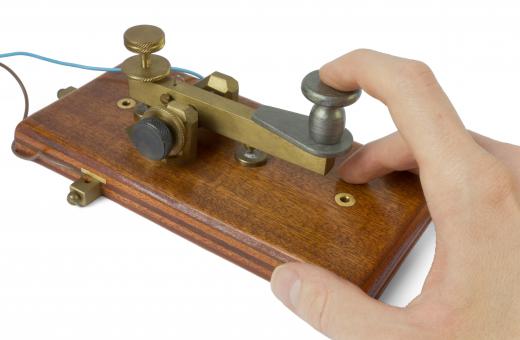Also known as air cables, aerial cables are shielded cables that are used for different types of electronic transmission, and are suspended above ground level, normally with the use of utility poles. Sometimes described as an overhead power line, the aerial cable may be used to carry electronic signaling such as telephone communications, cable service, and even as part of the electrical power distribution system within the local community. While exposed, the typical aerial cable is fully insulated and configured with all the necessary conductors to manage the transmission in an efficient manner.
Many communities rely on the use of the aerial cable for a number of different functions. It is not unusual for multiple utilities to make use of the same utility poles to support cables for each of the services provided. For example, the local power company may actually own and install the series of power poles that serve a neighborhood, but will permit cable and telephone companies to also use those same poles to run their own cable throughout the area, usually in exchange for some sort of recurring fee. The benefit to residents in the area is that rather than the landscape being littered with poles owned by each of the services, one set of poles can be used to support the aerial cable connections of all the utilities offering services in the area.

The concept of an aerial cable strategy can be traced back to the early 19th century, when the use of the telegraph became common. Cables were suspended overhead on poles to allow the system to function with relative ease. After the invention of the telephone and the advent of residential electric services, this concept was translated into using the poles to suspend utility cables overhead, providing easy access to power and telephone services. As cable television became more popular during the second half of the 20th century, many cable companies also began the practice of running cables overhead on those preexisting poles.

When an aerial cable strategy is not used in a residential area or business district, the alternative approach is to go with underground cables. This will sometimes call for routing cables associated with local telephone, cable television, and power providers through conduits incorporated into the underground sewage system or even designated areas in a subway or underground transit system. In recent years, the use of underground cable strategies has become increasingly common in planned neighborhoods in which not incorporating utility poles into the general landscape is preferred.
